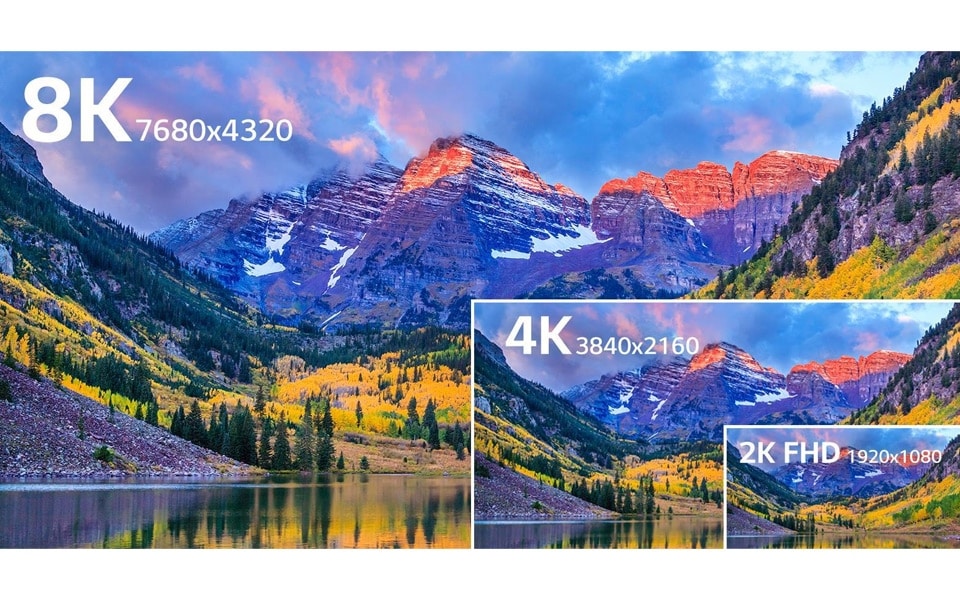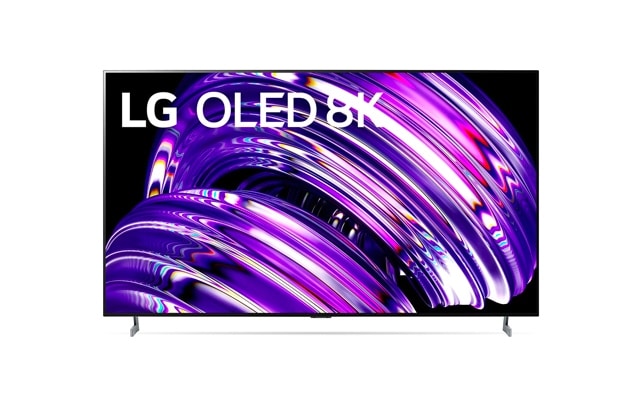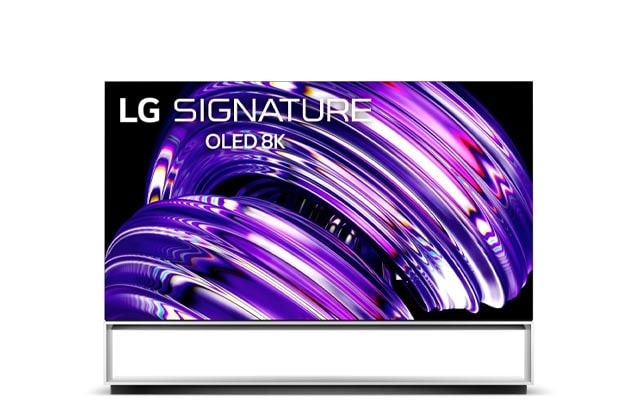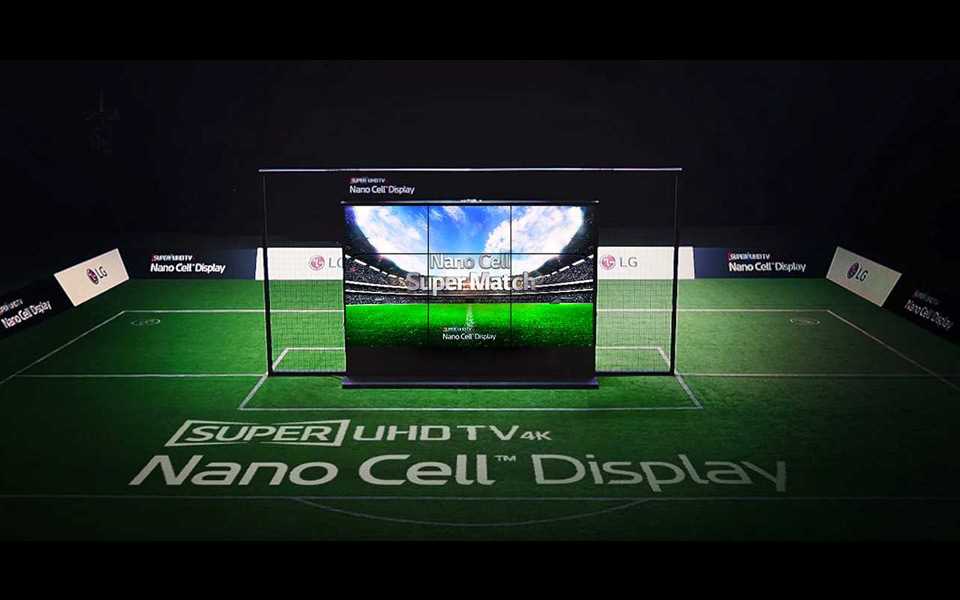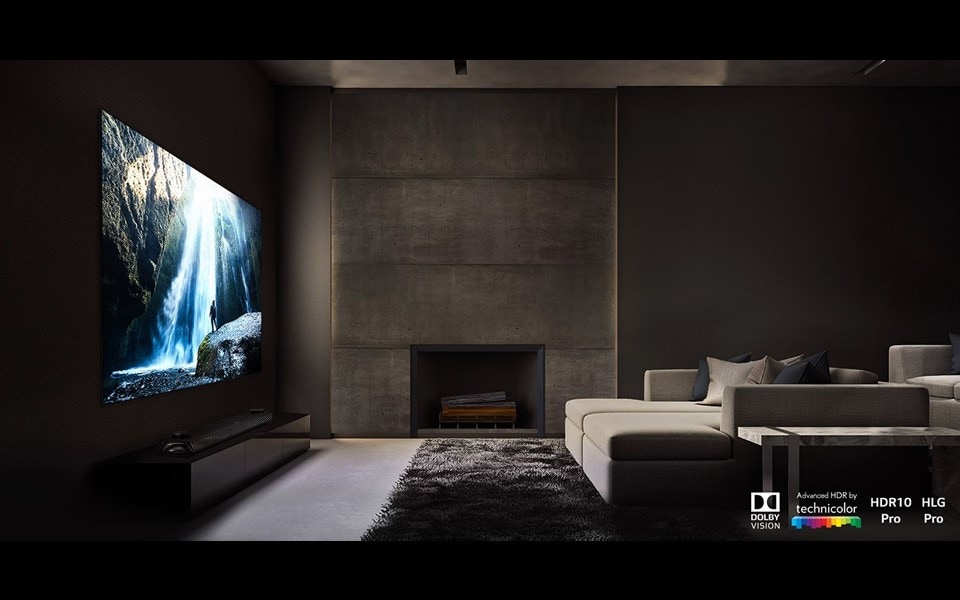We use cookies, including cookies from third parties, to enhance your user experience and the effectiveness of our marketing activities. These cookies are performance, analytics and advertising cookies, please see our Privacy and Cookie policy for further information. If you agree to all of our cookies select “Accept all” or select “Cookie Settings” to see which cookies we use and choose which ones you would like to accept.
Why 8K OLED TV? Your ultimate guide
By V. Keller
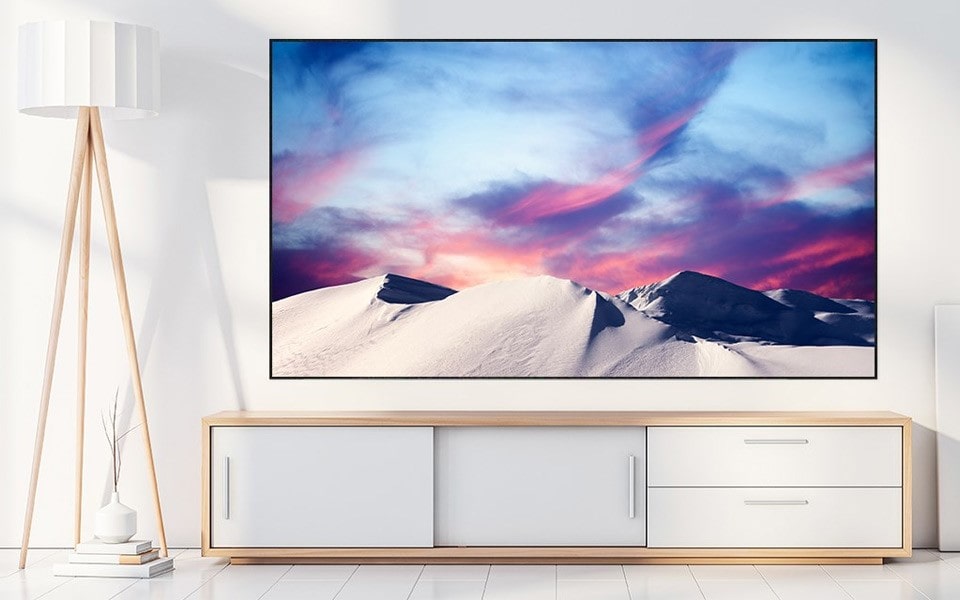
At IFA 2018 in Berlin, LG showed off their new 8K OLED TV for the very first time. Experts were impressed, consumers enamored and reviews overwhelmingly positive.
But why is 8K TV so great? And how does OLED take it to the next level? Find out in our ultimate 8K TV guide.
Why 8K TV?
Put simply, 8K will give you a viewing experience like no other in your own home. With images composed of up to 33 million pixels, 8K is double the resolution of 4K (at 7680x4320 compared to 3840x2160) and four times the resolution of Full HD (at 1920x1080).
Let’s say you’re watching National Geographic for example–you’ll be able to see details within nature that no other TV can offer. From the grains of sand to every scale on a fish and drop of water blowing from a whale’s blowhole. When you have so many pixels, you’ll see everything in near-real-life quality.
The realistic nature of the images will make you feel like you are actually in the world you’re watching, and OLED 8K TV technology cultivates the perfect black, brightness and viewing angle so your viewing standards are never the same again.
What makes the LG OLED 8K TV so special?
Journalists who were at the unveiling of the first OLED 8K TV in IFA were excited about the new technology. Forbes lauded the TV as 'beauty in waiting'. Tech Radar said the picture clarity was 'jaw-dropping'. The Verge admitted it made for 'a tantalising glimpse at the future and what may be to come'.
LG’s 8K model showcases the wide-ranging benefits of OLED; from unmatched pure black without any light leakage, to realistic colour at any viewing angle and an impressive contrast ratio. Add to that LG’s most powerful processor yet – the α9 (Alpha9) Gen 2 Intelligent Processor – and you can enjoy all your favourite shows and films with a new level of immersion. Both the picture and sound are at their very best, and this is also partly due to advanced AI capabilities which cover content enhancement and optimisation.
These might sound similar but they overcome two key challenges. Content enhancement uses deep learning technology, along with the analysis of over 1 million visual data points, to recognise the quality of the content source. Content optimisation, meanwhile, is made possible by ambient recognition, which basically means continuously analysing the context of the content.
Based on these AI elements, the 8K TV can determine how much optimisation each piece of content needs. So even without native 8K content, you can still have the most realistic viewing experience possible, with improved noise reduction, sharp images, minimal blur and without missing any details. And on top of this great vision, the deep learning feature even analyses the sound source to improve and enhance sound effects.
Why OLED for 8K TV?
OLED technology offers a lot of advantages and if you plan to invest in a 4K or 8K TV, you will want to get the most out of your viewing experience. The small, flexible and thin nature of OLED makes it difficult to beat when comparing TV types, and this is just the beginning of the benefits on offer.
OLED TVs have a super-fast response time and infinite contrast ratio. The display doesn’t have a backlight, with each OLED producing its own light – so your TV will be lighter and more energy efficient, and the appropriate OLEDs can simply switch off when needed to create perfect blacks.
With all this in mind, an 8K OLED TV offers a truly brilliant viewing experience, bringing visuals to life in a way never seen before. Why bother with 8K quality content when you can’t have the best contrast and blacks anyway?
Is there 8K content available?
It isn’t common yet, though LG displayed their commitment to a future of 8K content by showing native content at the IFA 8K OLED TV launch. The option of upscaling is always a possibility, but native content is no doubt the end goal.
Just like with 4K TVs, now that 8K products are being released to the market, the content is following suit. Brian Kwon, president of LG Home Entertainment, said he was sure 8K would disrupt the way we view entertainment, just like 4K did. “4K OLED played a major role in reshaping the TV industry and LG is confident that 8K OLED will do the same,” he said.
And we can see it already now with companies testing 8K live television coverage of sports and events. Directors have started shooting films with 8K cameras, while editing equipment, streaming services and receivers are gearing up for 8K compatibility. 8K content is going to become more common, and when things like big events and blockbuster films come out next year, the option of 8K filming will certainly be a consideration.
Should I forget about 4K and go for 8K?
Absolutely not! 4K offers a fantastic viewing experience even with half the pixels of 8K. And since the first LG OLED 4K TV was launched in 2014, the technology has come a long way.
The price has become more accessible and sizes and styles more varied – there have even been bendable varieties (like LG’s Wallpaper TV for example!). The commitment to 4K content has grown a lot over the last four years; so if you can wait for 8K for a little while longer, the 4K is certainly no poor man’s replacement in the meantime. Check out just some of our 4K OLED TV options here.
Life's Good!








